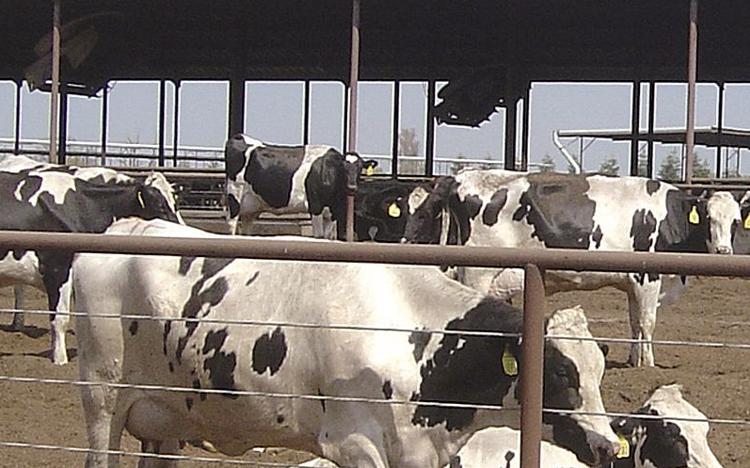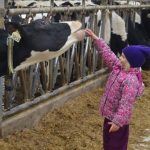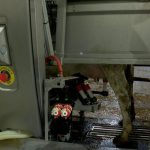
One group — the Stop QIP (Quota Implementation Plan) Tax Coalition — has filed a lawsuit and a petition to end the program, which has been part of the landscape since 1969.
Another group — United Dairy Families of California — has been trying to build consensus, short of terminating the program without compensation, on what to do about the program. It is circulating a petition to sunset the program in five years, allowing quota holders time to plan ahead.
Producers have long paid the quota assessment to fund the program, but it has become a contentious issue since dairy producers abandoned the state milk marketing order to join the federal system.
Under the state system, producers never saw the assessment on their milk check because it was taken off the top of the pool. But in the federal system, it appears as a line-item deduction.
Producers who don’t own quota or enough to see a benefit now realize just how much they’re paying into the program. Those who do receive a net return contend it’s a valuable asset they’ve either purchased or inherited.
In addition, retaining the program was critical in getting enough support to join the federal system and many see its continuation or equitable resolution as a moral obligation.
It’s become a divisive issue, with family members, friends and neighbors on either side of the debate.
The one thing everyone seems to agree on is that quota is no longer needed to serve its original purpose — to provide a stable and adequate supply of fluid milk. That purpose is now achieved with the California Federal Milk Marketing Order.
The quota system came about as a means to compensate milk producers selling into the higher-value Class I fluid milk market to gain their support for establishing a state milk marketing order, which would provide that stable and adequate supply of milk.
Producers are currently paying 33 cents per hundredweight of milk to fund the program, about $12 million a month. And quota owners are paid a premium ranging from $1.43 to $1.70 per hundredweight of milk, depending on their location.
According to Stop QIP, producers in southern California must have at least 25% of their milk production covered by quota to see any benefit, and producers in the northern part of the state have to have at least 30% covered.
In October, 1,133 Grade A milk farms reported milk production to California Department of Food and Agriculture. Of those, 650 had some quota and 415 had at least 25% of their production covered by quota.
The California Department of Food and Agriculture has set a hearing on Stop QIP’s petition for April 7 and 8. A court hearing on its lawsuit against CDFA is set for May 15.























